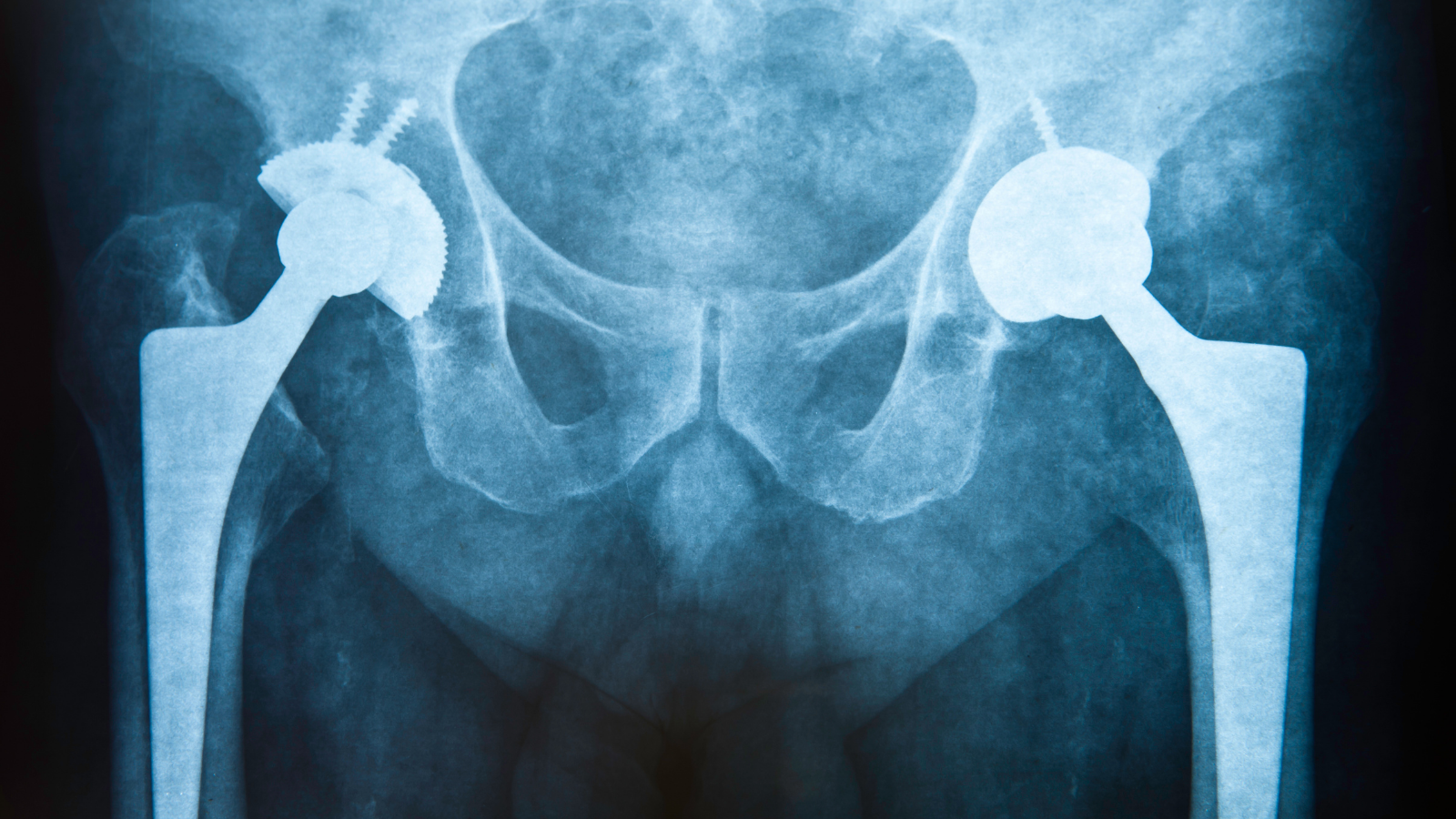
The Comprehensive Care for Joint Replacement (CJR) model was designed to reduce healthcare expenditures for joint replacement and improve the quality of joint replacement care. Hospitals pay a penalty if expenditures during care episodes exceed a quality-adjusted spending limit, but they receive a bonus if expenditures are lower than the limit. In a new original investigation published in JAMA Network Open, Dr. Said Ibrahim, professor of population health sciences, and colleagues studied the CJR model’s association with the receipt of elective hip or knee replacement surgery in white, Black and Hispanic Medicare beneficiaries. In the retrospective study using Medicare claims from 2013 through 2017, the researchers found that the CJR model was associated with an increased receipt of elective hip or knee replacement among Hispanic beneficiaries, a decreased receipt among Black beneficiaries and no change in receipt among white beneficiaries. Because of the decrease in receipt seen among Black patients, the researchers suggest monitoring the CJR model for unintended consequences and care disparities across patient populations. However, as seen by the increase in receipt among Hispanic patients, outcomes of payment models may be different across racial and ethnic groups.
- Highlights

